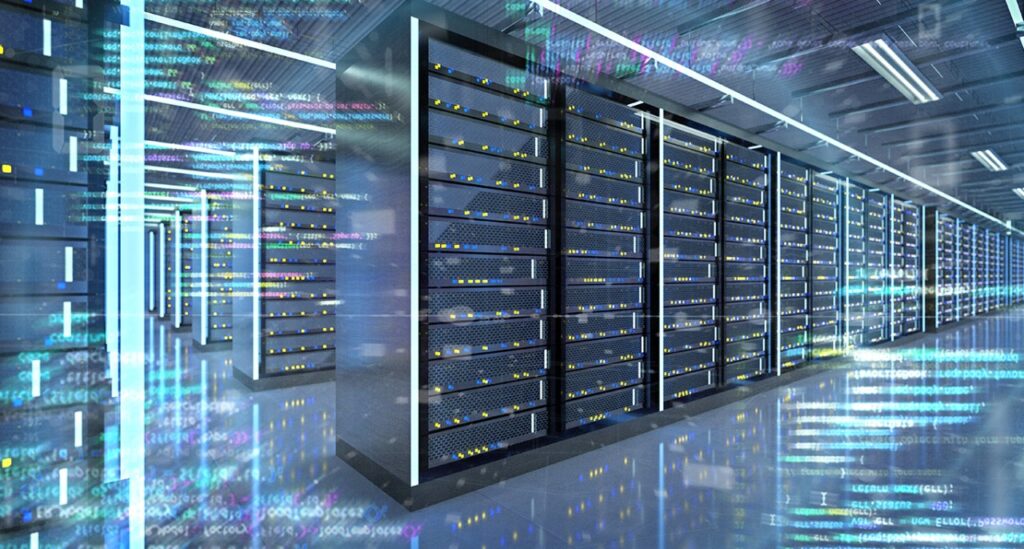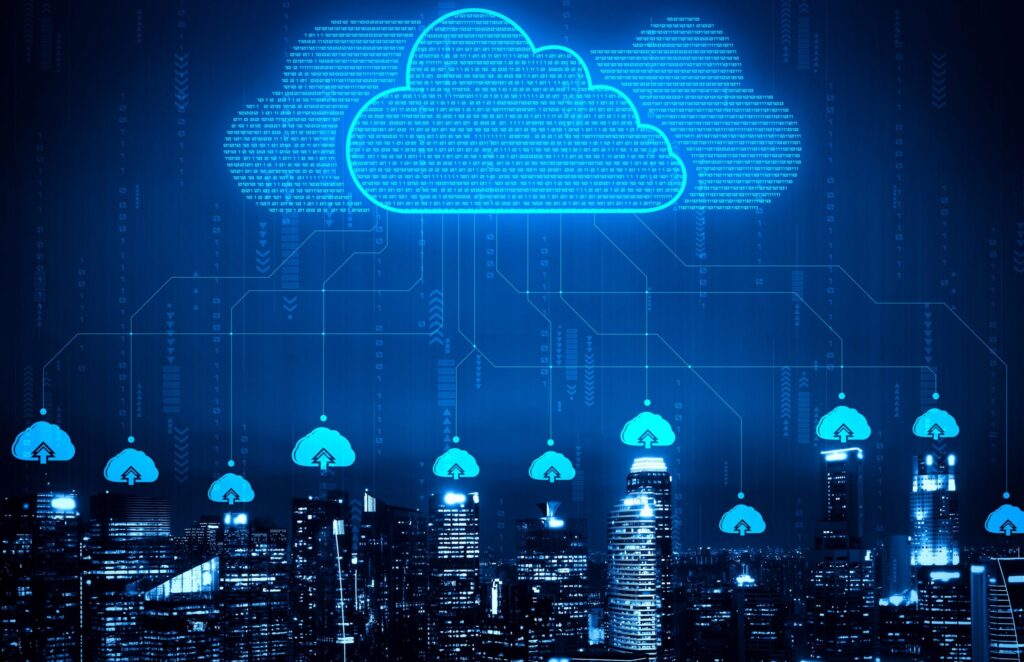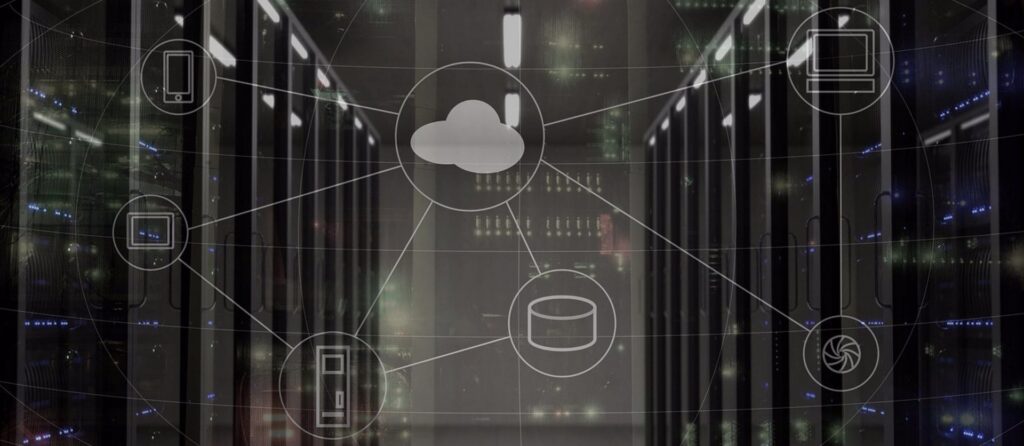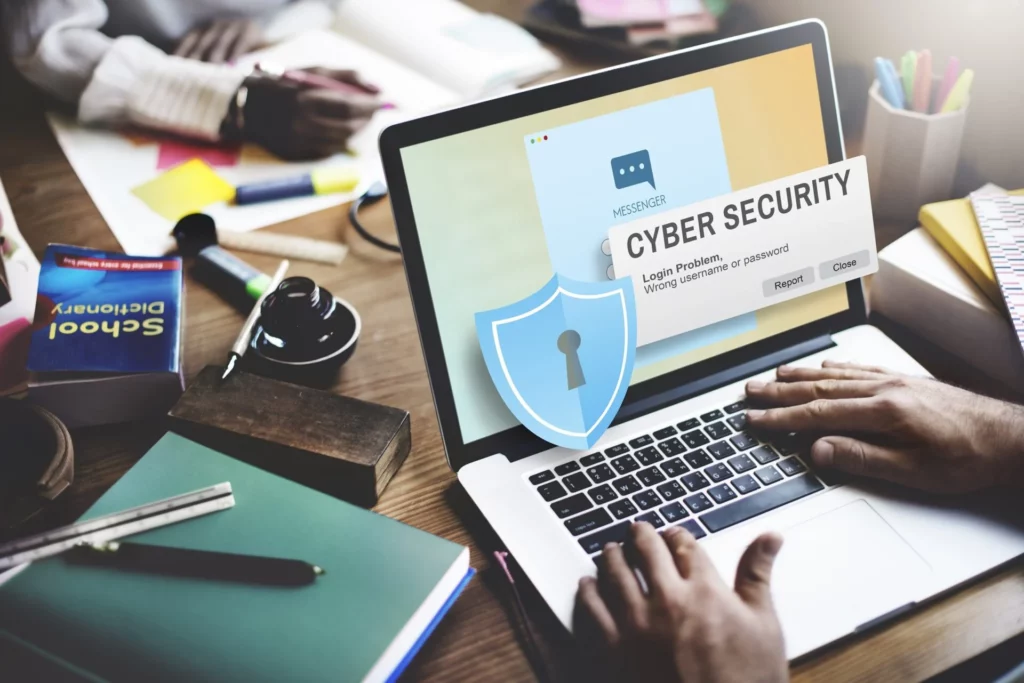In the digital sphere of web hosting, a central cog like a control panel is indispensable. This FAQ explores its essential role and function. Acting as the nerve center of your website, your control panel behaves much like the dashboard in your car, providing the tools and settings required to operate and customize your site efficiently. It fulfills a vital function in managing your web hosting account and contributes to the effective administration of several critical tasks. These range from managing your email accounts to controlling your domain name. With this perspective, one begins to see the significance of the control panel in the successful functioning of any web hosting environment.
Understanding the Basics of a Control Panel
What exactly is a control panel?
A control panel is a graphical user interface (GUI) established by web hosting companies to manage the activities of your website. It provides basic access and easy navigation to various functionalities related to your site such as email addresses, domains, file management, databases, and various software installations. Usually, a control panel is built to simplify complex tasks, enabling you to handle your website without the need for deep technical knowledge.
Why is it called a ‘control panel’?
The term ‘control panel’ originates from the concept of a central hub from where you can manage and control various operations. In the context of web hosting, this panel is the platform from where various website-related features are managed. This includes everything from setting up email accounts to installing web applications, similar to how a physical control board manages electric circuits.
The fundamental components of a control panel
The basic components of a control panel include the following: Navigation menus, to browse various settings and features, File managers, to handle files within your hosting account; Database management, to control the site’s database; Email account setting, to manage incoming and outgoing site emails; Domain management, for creating and organising domains and subdomains; Application installers, which help you install commonly used web applications onto your website, and Security settings, to configure firewall and anti-virus options for your website.
The Importance of a Control Panel in Web Hosting
Why is a control panel necessary?
A control panel is essential because it aids in the management of your hosting environment in a simple and intuitive way. It eliminates the need for command-line operations, making it easier for even non-technical individuals to maintain their websites. From configuring email addresses, managing files and databases to installing web applications, a control panel allows you to manage all these with ease.
How does a control panel streamline web hosting management?
Control panels simplify web hosting management by providing a friendly and easily navigable interface. Complex tasks are simplified, and you can accomplish much without having to delve into the complexities of server management. Through a control panel, web hosts can give their clients the ability to manage many aspects of their hosting account, drastically reducing the time and effort required to perform routine tasks.
The role of a control panel in the backend of a website
A control panel plays a crucial role in the backend of a website. It serves as a central hub, bringing together numerous tools necessary for website management. This includes the administration of domains, emails, files, security measures, and database management. Without a control panel, carrying out these tasks would require considerable technical prowess and familiarity with server architectures.
Different Types of Control Panels
Overview of common control panel types
There are several types of control panels available, each catering to different hosting needs. Some common ones include cPanel, Plesk, and DirectAdmin. cPanel is one of the most popular and user-friendly, offering a range of advanced features along with a simple dashboard. Plesk controls both Windows and Linux platforms, with tools for server administrators, resellers, and website owners. DirectAdmin is another control panel that balances simplicity with powerful features.
Pros and cons of various control panels
Each control panel has its own sets of advantages and disadvantages. For instance, while cPanel is praised for its user-friendly interface and range of features, it is compatible only with Linux servers. Plesk, on the other hand, supports both Linux and Windows platforms, but its interface might be less intuitive for beginners. DirectAdmin is affordable and simple to use but lacks some of the advanced functionalities found in cPanel and Plesk.
Choosing a control panel based on hosting needs
Choosing the right control panel depends on your hosting needs and level of skill. If you are a beginner, a user-friendly control panel like cPanel might be more suited to your needs. If you need a control panel for Windows hosting, Plesk would be the better option. For those looking for affordable and basic features, DirectAdmin might suffice. Overall, the best control panel is the one that meets your requirements and matches your technical competency.
Configuration and Customization in Control Panels
Understanding how to configure a control panel
To configure a control panel, you need to set it up according to your preferred parameters. This is typically done from the dashboard or main interface. Here, you can manage your domains, create email accounts, install software, maintain your databases, and much more. Each control panel type has different configuration settings, but most of them will offer the functionalities mentioned. It’s important to familiarise yourself with these controls to effectively manage your website.
How customization can be achieved in control panels
Customization in control panels can be achieved through a variety of ways. You can enable and disable various features, adjust security settings, or even add your own branding in some cases. This can be achieved in the settings option within the control panel. By customizing your control panel, you can tailor your hosting environment to suit your specific needs and preferences.
Troubleshooting common configuration issues
When it comes to troubleshooting, the exact process would depend on the specifications of the control panel software and the nature of the problem. Most control panels provide a comprehensive help section, complete with documentation and a list of frequently encountered problems and their solutions. In case you can’t find a solution there, contacting your host’s customer support would be a wise step.
How Control Panels Improve Web Server Management
How control panels simplify server management
Control panels simplify server management by providing users with a GUI for handling complex tasks, alleviating the need for command line operations. This saves users time and effort by making things like file and database management, email setup, domain administration, and software installations easy to accomplish. Furthermore, many control panels also feature one-click installations for popular web applications, further streamlining the management process.
Features in control panels that assist in server management
Numerous features in control panels make server management effortless. First and foremost, control panels provide a graphical interface for managing accounts, files, and software. They also offer email management, allowing users to set up and manage email accounts. Database management tools are a crucial feature, enabling users to create and manage databases. Other important features such as security tools, statistics and logs, domain management, and web application installers also contribute positively to server management.
Instances where control panels prove indispensable in server management
Control panels are indispensable in many server management situations. For instance, setting up email accounts and managing them is much simpler using a control panel. Additionally, with a control panel, you can create and control databases without commanding specific SQL queries. Installing applications such as WordPress, Joomla, or Drupal is also notably simpler with one-click installations feature in control panels.
Navigating through a Control Panel
Basic overview of control panel navigation
Navigating through a control panel’s interface typically involves using a dashboard or main menu filled with various options. These options may include account settings, file management, email account setup, domain management, database setup, security settings, and software installations. Each category will take you to a different interface where you can perform specific tasks related to that category.
Tips for efficient use of control panel
To use a control panel efficiently, it’s recommended to familiarise yourself with its layout and features. Understand the location and function of each tool within the panel. Keep your panel updated to ensure you receive the latest features and security enhancements. Use the help and documentation provided as it can assist you with various functions of the panel. Take regular backups and aim to master one feature at a time to gradually get better at using the control panel.
Understanding important sections in your control panel
The important sections in your control panel depend largely on your web hosting needs. However, some universally crucial sections include the file manager, which allows you to access and manage your website files; the domain section, where you can add and manage domains; the email accounts section, where you can configure your email accounts; the database section, for creating and managing databases; and the security section, where you can configure various security settings.
Security Aspects of Control Panel
Why is security important in control panels?
Security in control panels is of utmost importance as these platforms manage sensitive data related to your website. A compromised control panel can lead to unauthorized access, data theft, or even site defacement. Therefore, security measures such as two-factor authentication, IP blocking, and secure sockets layer (SSL) encryption should be in place to safeguard your control panel.
Security features generally found in control panels
Control panels come with a variety of security features. These can include firewalls to block unwanted traffic, SSL/TLS to encrypt data transmission, IP deny managers to block specific IP addresses, Hotlink protection to prevent unauthorized use of your content, Leech Protect for limiting users attempting to publicly post their passwords, and more. Regularly updating the control panel software also contributes to security by ensuring that you have all the latest security patches.
How to ensure your control panel is secure
Ensuring your control panel’s security involves multiple actions. Regularly updating your control panel software is crucial, as most updates include security patches. Always use strong passwords and consider implementing two-factor authentication. Limit login attempts to prevent brute force attacks, and always log out when you’re done using the control panel. Regular backups of your website data can also serve as a fail-safe in case of a security breach.
Installation and Setup of Control Panels
Understanding the process of control panel installation
The process of installing a control panel varies depending on the type of control panel and the specific server requirements. Generally, it involves downloading the control panel software from the official site, uploading it to your server, and running a script to install it. This process also usually involves defining the control panel’s configuration settings and setting up the first user account.
Setting up your control panel for first-time use
Setting up your control panel for the first time involves a few steps. When you first log in, you’ll likely be prompted to set up your account information, create databases, and define other initial settings. From there, you’ll want to set up your domain and create any necessary email accounts. Finally, you’ll need to install any necessary software, like a CMS or ecommerce platform, and start customizing your site.
Overcoming common setup issues
Common setup issues when installing a control panel can include server incompatibility, wrong file permissions, or misconfigured settings. To overcome these, check your server’s specifications against the control panel’s requirements, ensure your files have the correct permissions, and recheck your configuration settings. If you encounter persistent issues, consider reaching out to your hosting provider or the control panel’s support team.
Frequently Asked Questions on Control Panels
Common queries about control panels
Common queries about control panels often revolve around topics like configuration, compatibility, features, and security matters. Questions might include, “How can I add a new domain to my control panel?”, “What control panel is best for my Windows server?”, or “How do I secure my control panel?” Most control panels provide extensive documentation and support to help answer such questions.
Where to find help for control panel issues
Finding help for control panel issues is often as simple as turning to the documentation or FAQ section provided by the control panel developer. Many provide extensive resources and technical assistance on their websites. Of course, your hosting provider is another valuable resource, particularly as they may have extensive experience dealing with your specific control panel.
Advanced tips for using control panels
Advanced usage of control panels involves leveraging their full array of features and customizations to suit your specific needs. This may involve automating certain tasks, customizing the control panel interface, or integrating third-party applications for enhanced functionality. As always, ensuring the safe and secure use of your control panel by following best security practices is paramount.
The Future of Control Panels in Web Hosting
Evolution and trends in control panel technology
The evolution of control panel technology is influenced by the advancement of web technologies and the growing need for better usability and security. Current trends point towards more user-friendly designs, mobile-friendly interfaces, stronger security features, and automated functionalities. The increasing reliance on cloud platforms has also led to the rise of cloud-based control panels.
How future changes in control panels could affect web hosting
Future changes in control panels could significantly influence web hosting practices. More automation in control panels could mean fewer tasks for site owners, potentially leading to time savings and increased efficiency. Enhanced security measures could provide better protection against online threats. Additionally, potential integration with emerging technologies like AI and IoT could open new possibilities for website management.
The role of AI and automation in future control panels
AI and automation are set to play a key role in the control panels of the future. Automation can simplify routine tasks, while AI could provide insights, analyse data, and make intelligent suggestions to enhance website performance. Together, these could revolutionize the control panel experience by making management tasks much simpler and more efficient. This could ultimately lead to more optimized, secure, and efficient websites.









